Juvenile scoliosis is idiopathic
There are many diseases of the spine in the world. One of the most common - scoliosis is idiopathic. It occurs in 80% of cases. Idiopathic refers to all types of scoliosis with undiagnosed origin. In other words, it is impossible to establish the cause of curvature of the spine, since congenital anomalies are absent.
What is adolescent idiopathic scoliosis?
There are three types of idiopathic scoliosis. The simplest is the initial, the infant. He can pass even independently, without the intervention of doctors. The second type of scoliosis is juvenile, which develops up to ten years. This form has a progressive character. The patient is assigned to wear a corset and manual therapy.
The third type of disease is juvenile idiopathic scoliosis. It begins during puberty and intensive growth. This is the most dangerous form of scoliosis, which has a non-permanent clinical picture. To predict the development of the disease is impossible because of the characteristics of the body of a teenager. 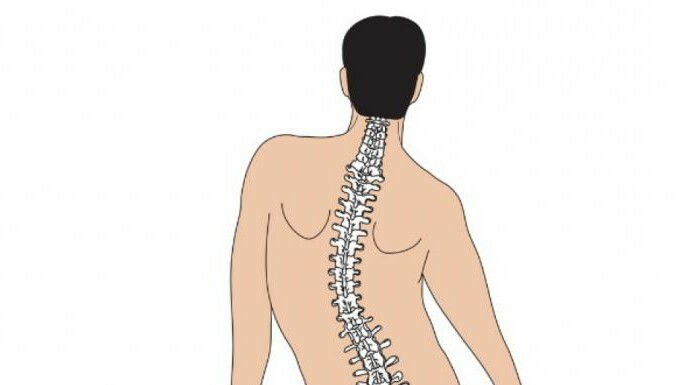
Some scoliosis is slow and without serious consequences. Other adolescents have strong abnormalities. There are cases when the curvature of the spine increases even after adolescence. But this happens rarely, usually with age, the progression of the disease slows down.
Species of idiopathic scoliosis
Idiopathic scoliosis is divided into several varieties. They depend on the localization of the curvature:
- The lumbar( otherwise lumbar) manifests itself in the region of the first or second vertebra. Back pain starts at a late stage of the disease.
- Idiopathic thoracic scoliosis is otherwise called thoracic. It is common in adolescents male and young children. The disease manifests itself in the thoracic vertebrae. In most cases, they curl in the right side. In this case, the apex of the arc is in the region of 10 or 8 vertebrae. With a serious degree of disease, serious complications begin in the respiratory and cardiac systems.
- The thoracolumbar curvature of is located in the region of the 11th or 12th vertebra. Pain is felt in the lumbar region.
- Cervico-thoracic curvature distorts facial features. The apex of the deformation arc is in the region of 3-4 vertebrae. This form of scoliosis is congenital.
The disease distinguishes three forms, classified according to the arc of curvature. C - the most simple, the initial. It is easier and faster to treat. S - medium, Z - the last, the most complex. These two forms are difficult to treat. Each arc has secondary deformities, which complicates the clinical picture of the disease. 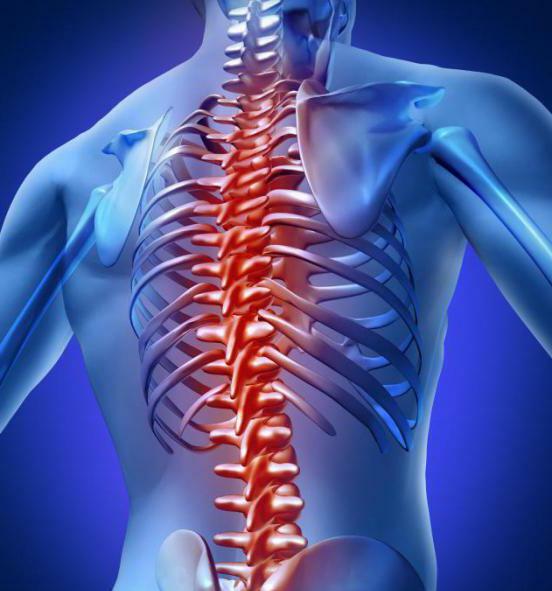
Degrees of curvature
Idiopathic scoliosis has four degrees of curvature, depending on its angle( the figures are in degrees):
- first - up to 10;
- second - up to 25;
- third - up to 50;
- the fourth - over 50.
The first two degrees of curvature refer to the lungs. At the same time, the work of internal organs is not disrupted. The most dangerous are the third and fourth degree of curvature. In this case, internal organs can get damaged or even change the location, which is fraught with serious complications.
Causes of the appearance of scoliosis
Scoliosis idiopathic has not yet received a clear list of causes, due to which the pathology develops. There are many theories, but none of them is exhaustive. Idiopathic curvature of the spine may result from:
- of neuromuscular insufficiency;
- disorders of bone tissue development;
- of muscle-ligament insufficiency;
- destruction of germ cell cartilage.
In the emergence of scoliosis, the genetic factor is important. The risk of idiopathic curvature is high in families with patients with this disease( even up to the third line of kinship).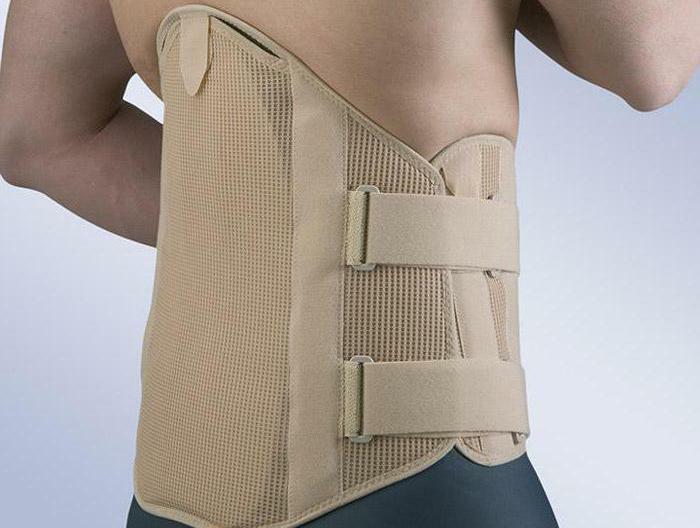
Symptoms of the disease
Pathology is accompanied by various symptoms that depend on the degree of the disease. Idiopathic scoliosis of the 1st degree is accompanied by mild manifestations of pathology. Basically, this is a violation of respiratory functions due to a small displacement of the organs of the chest. There is much less frequent neuralgia in the form of shingles.
Severe forms of curvature are characterized by neurologic syndromes. They can be expressed in limiting the movement of hands and feet, loss of skin sensitivity. In the secondary disease begins:
- pneumosclerosis, when the lungs proliferate non-functional connective tissue;
- increases blood pressure;
- there is a so-called scoliotic heart, in which the right ventricle of the organ is deformed due to squeezing it with the thorax.
In severe cases, pulmonary or heart failure may occur. In other organs, stagnation appears, swelling of the extremities begins, the liver and spleen increase. It develops gastritis and chronic bronchitis. 
Because of the curvature of the spine, vertebrae are severely deformed, discs are displaced. As a result, protrusions and hernias are formed. A vertebral hump may appear when the thoracic parts protrude backward. It can be seen that the spine is at an acute angle.
Features of the treatment of scoliosis
Idiopathic scoliosis, the treatment of which depends on the possible further curvature, involves the use of several therapeutic techniques. If functional changes in the spine are caused by anomalies in the body, the therapy is sent to eliminate the cause.
When distortions of the spine are caused by different lengths of the legs, this is corrected with the help of special orthopedic shoes and insoles. In this case, no other treatment is required at all. Infantile idiopathic scoliosis, appearing in infancy and developing up to three years of age, often passes by itself. 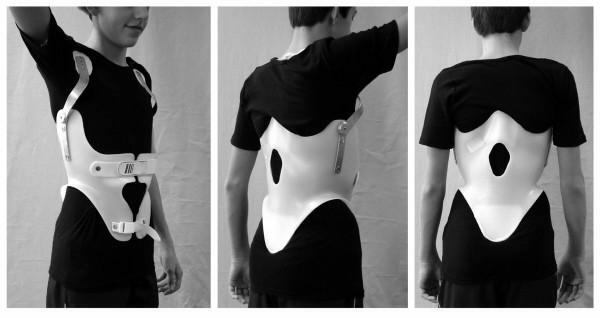
Neuromuscular variety of pathology arises due to incorrect development of the bone system of the spine. As a result, the disease takes a progressive form. In this case, surgery is necessary.
Medical treatment
Depending on the symptoms of the disease, its degree and course, medications are prescribed. With severe pain, non-steroidal anti-inflammatory drugs are prescribed( Meloksikam, Ibuprofen, etc.).To remove muscle spasms, muscle relaxants are prescribed( for example, "Midokalm").During therapy, calcium preparations, bisphosphonates and vitamins are prescribed.
Surgical operation
Scoliosis is idiopathic corrected by surgery, if other types of treatment did not lead to a positive result. As a result, the patient retains pain, which is not eliminated even by drugs.
The disease begins to progress even more, and the slope of the spinal column approaches 45 degrees. Surgical surgery is an extreme measure. If necessary, implants are inserted. 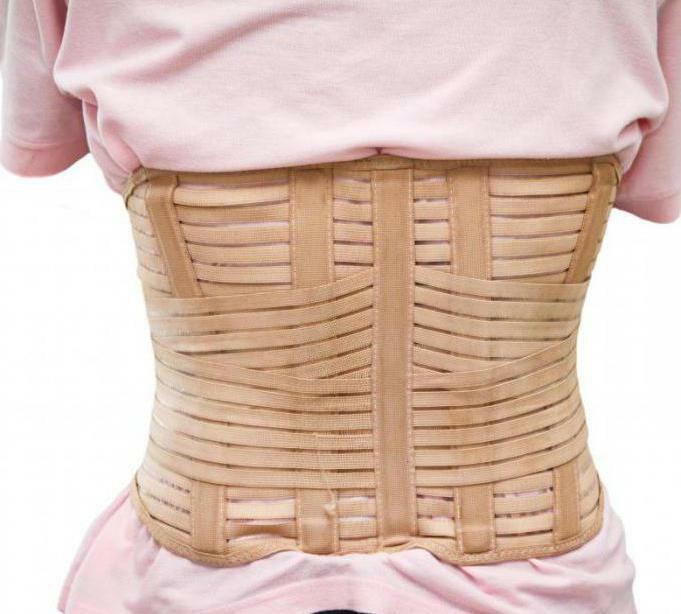
Treatment with the help of physiotherapy
Physiotherapy is an obligatory part of complex treatment. During the disease, muscle activity is significantly reduced, their weakness is observed. Therefore, physiotherapy is aimed at:
- elimination of muscular dystrophy;
- reduction of pain;
- stabilization of the spine;
- improvement in muscle contractile function.
To correct the posture, autorectivation, static relaxation and underwater traction of the spine are used. Of myostimulating techniques, pulsed, low-frequency and electrotherapy are prescribed. To correct the locomotor dysfunction, the following are used:
- vibrotherapy;
- radon and hydrogen sulphide baths;
- pelotherapy;
- therapeutic massage;
- traction therapy;
- underwater shower;
- manual therapy.
To improve metabolism, ultraviolet irradiation and sodium chloride baths are made. A special complex is assigned special exercises( LFK).From non-traditional methods, yoga is used. 
Contraindications to physiotherapy
Despite the fact that idiopathic scoliosis is treated mainly with the help of physiotherapy, there are a number of contraindications for its use:
- tumors in the vertebral column;
- severe osteoporosis;
- hypermobility of the vertebrae;
- tuberculosis, manifested in the lower back;
- dislocations or fractures of the intervertebral joints.
Physiotherapy is also not prescribed if there are defects( wounds, ulcers, etc.) on the area of the skin to be treated.
Prevention of the disease
Preventing the appearance of scoliosis, pregnant women should take B12 vitamins and folic acid preparations. It is necessary to control the bearing of toddlers and teenagers, they are not allowed to sit hunched. Children can not spend much time at the desk and computer.
In the diet of babies and adolescents must be present vitamins. Daily gymnastics is performed. It is desirable to introduce children to sports such as volleyball and swimming. In the curvature of the posture, correction should be carried out in the early stages of the disease.
